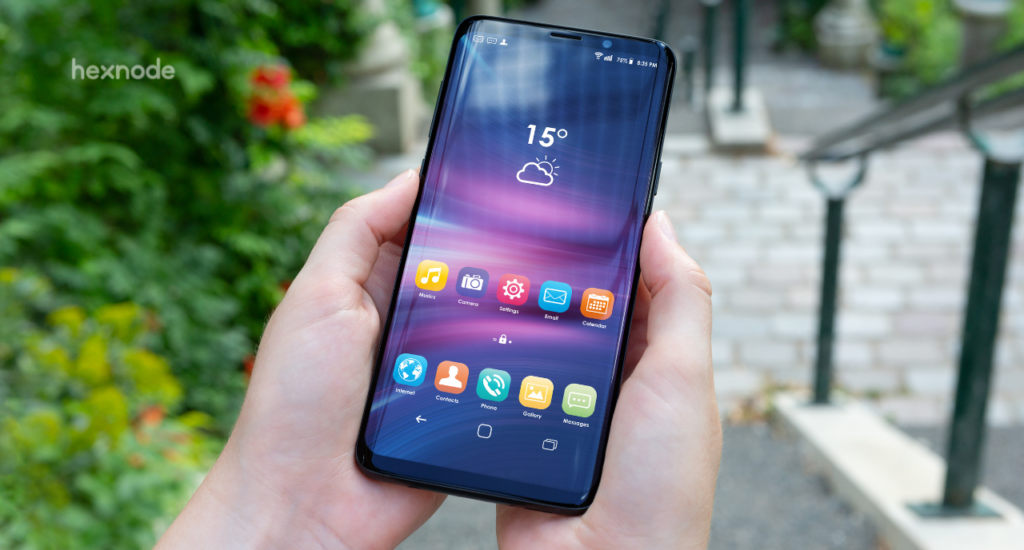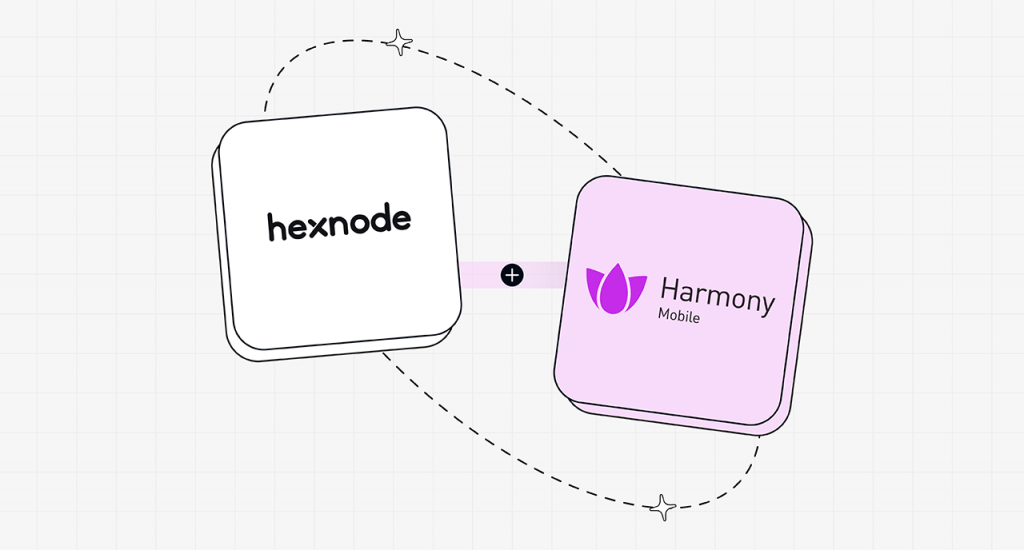Imagine you have to deploy a new app to all of the Android devices in your company so that the employees can function more effectively. The app gets installed from the Google Play Store very quickly, but when employees open it, it says to download additional files, which takes an eternity to complete. Isn’t this frustrating?
This happens because, very recently, Google put a 100MB limit for all APKs uploaded into Google Play Store. The limit might seem okay for smaller apps, but for bigger apps with more resources, 100MB won’t cut it. So, developers are forced to push the extra resources as additional files, which get downloaded when the app is launched for the first time.
Well, a new file type is around the corner that can help you overcome this problem. XAPK is a relatively new file type used to install apps on Android devices, just like APK files, but it does the job better.
What is an XAPK file?
We all know what an .apk file is right? If you don’t, APK stands for Android Package or Android Package Kit and it is a file format normally used to distribute and install apps in Android and other Android-based operating systems. Google Play Store allows developers to upload only .apk files. Recently Google had limited the size of .apk files to 100MB and this cap limits developers from uploading the entire app data along with the APK in Play Store.
Well, a newer file type XAPK is starting to turn heads among Android users. XAPK files are very similar to its older counterpart, the APK files, but a better version of it. XAPK file is a compressed file that contains the .apk as well as other essential files called the OBB files.
With this new file format, once you download and install an application, you won’t have to wait for additional downloads to get over to using the app. The main drawback of this file format is that it is not accepted by Google Play Store.
So, in order to overcome the 100mb limit, developers use XAPK files to host their apps on sources other than Google Play Store, like websites and other app stores. In this way, you can sideload such applications using XAPK files.
What makes XAPK different from APK files?
At the ground level, both APK and XAPK might seem like the same thing, but there are many operational differences. For starters, Android can’t recognize XAPK files as installation files, but almost any file manager app can open APK files.
At its root, XAPK is two different types of files compressed and made into a single file, and not all file managers can figure out what an XAPK file is supposed to do. So, installing apps and software using XAPK files using the default Android Package Installer takes work.
How can you install XAPK files?
As we mentioned above, installing an app using XAPK files is a challenging road. The easiest way is to use third-party XAPK file installer apps that are available on Google Play Store. But are these sites trustworthy? Will these apps misuse your data? You never know.
So, is there another way to install these files? Yes, there are multiple other ways to install XAPK files, one is using the file manager in the phone and the other is by connecting your phone to your computer.
First, let’s see how to install XAPK using the file manager:
- Download the XAPK file from the source website or the third-party app store.
- Next, locate the file in the file manager and change its file name. You need to change the extension of the file from .xapk to .zip.
- Once the file is renamed, the file manager will recognize the file as a compressed one. You will be able to extract it like you would normally do for a .zip file.
- Once the file is extracted, there will be 2 files inside the original XAPK one: a .apk file and a .obb file.
- You can install the .apk file as you would do a normal .apk file.
- Right after the app is installed the .obb file has to be copied from the extracted location to Internal storage > Android > OBB. This step can be done before installing the app too.
- If the system prompts you to replace the file, do it.
In some cases, this might not work, so you might have to connect your phone to a computer and change the location of the file using the file explorer in the desktop.
Things to look out for when using XAPK files for Android
There are always two sides to a coin. XAPK also has a good side and a bad side.
The good side is that a single download is enough, and once installed, there is no need to download any additional files. Also, once downloaded to a device, you can transfer the files to other devices, saving a lot of data if you run a company with many devices. Another advantage is that the download size will also be considerably small since the file is compressed.
The bad side is apps can only be sideloaded using XAPK files. Sideloading is not something that is widely entertained. Sideloading has a lot of drawbacks, like apps from untrusted sources can be malicious and inject malware and other dangerous tools into your device. Unlike apps downloaded from Google, the apps are not checked for quality. Also, it can be challenging to install apps distributed in XAPK format.
After hearing all this, you might think, why are XAPK files relevant for businesses and enterprises? Well, there is a simple way to put this. When developing applications just for use inside the company (such apps are called enterprise applications) can be distributed way more easily as XAPK files. XAPK is better than APK since it is compact and can store more app data more efficiently.
How can a UEM help you in distributing apps as XAPK files for Android devices?
Well, you might ask yourself, how is a UEM significant here? Deploying enterprise apps without a UEM like Hexnode will be very tough for the IT team. They would have to transfer the XAPK files to each device, extract it and install it manually one by one.
But with a top-notch UEM like Hexnode, you can now distribute enterprise apps as XAPK files in bulk to Android devices, that too remotely. XAPK files distributed using Hexnode get installed automatically on Android devices. IT admins don’t even have to replace the .obb file manually. Isn’t that cool?
Note: The .obb files get replaced automatically only on devices running Android 10 and below.
Do you know what’s even better? The apps distributed using Hexnode get installed silently. Your employees won’t even know the app is getting installed until it’s done.
Try out Hexnode for free
Sign up for a free trial and explore the app management features offered by Hexnode.
Sign up




